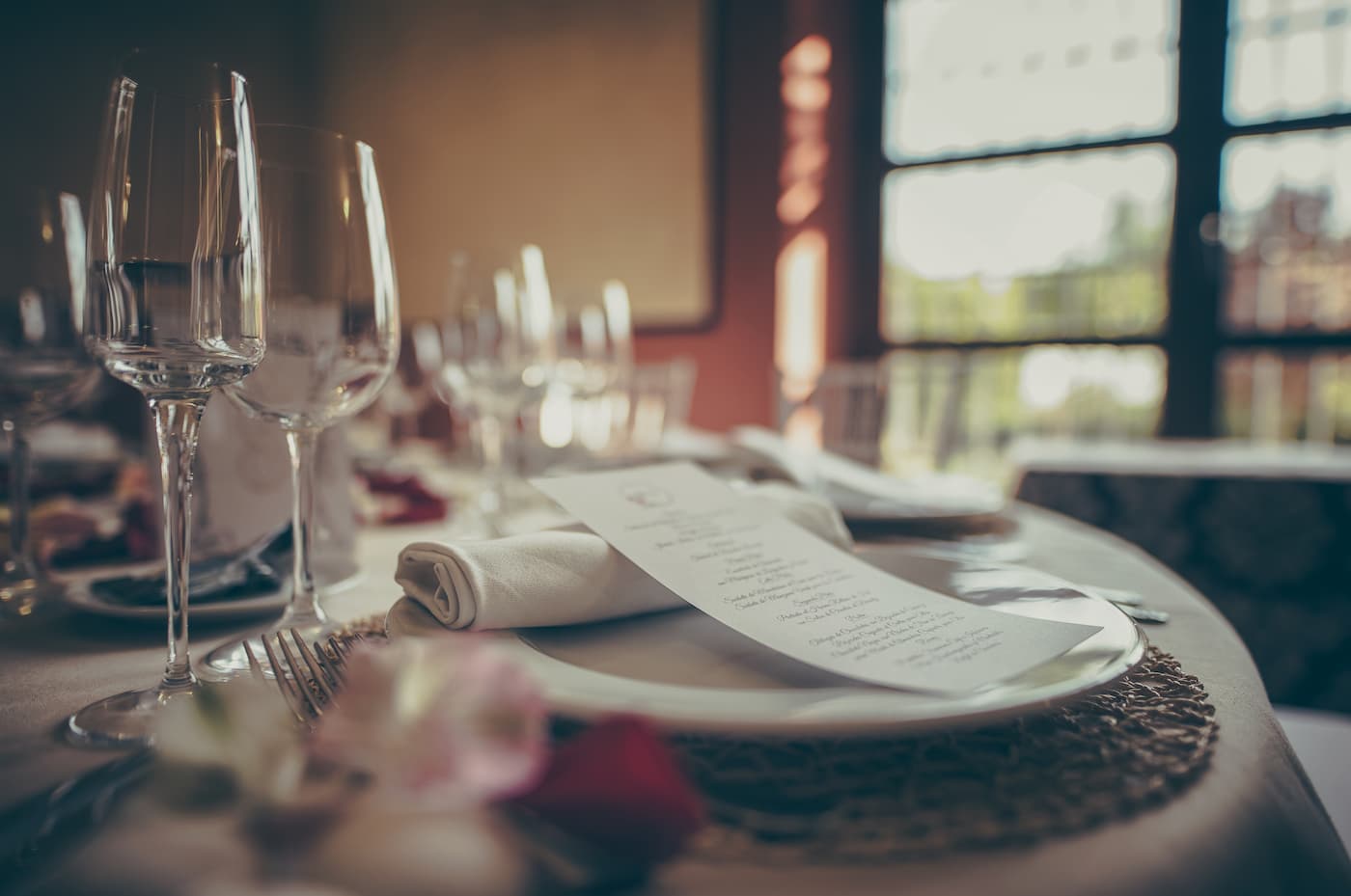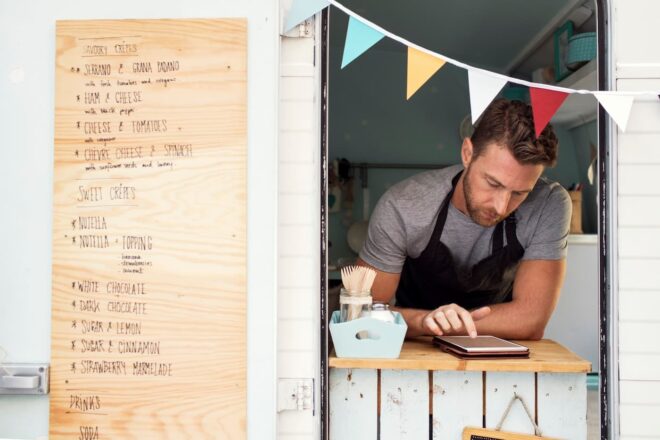Here are 5 things to think about as you start your catering business and plan your restaurant’s catering menu:
1. Think of this as a smart edit of your full menu
One of the first things to take into consideration as you start to create your menu for catering is not to try and offer your full restaurant menu for events.Serving a crowd of people who are all eating at the same time needs to be a fast, efficient operation. Especially if you’ll be prepping catering food at the same time or in the same kitchen as your restaurant is running regular service, you’ll want to keep the menu streamlined. Select a limited number of dishes from your menu to offer for events, focusing on your most popular dishes. You’ll also want to choose dishes that travel well and avoid dishes that rely on meticulous plating to wow diners. You won’t necessarily have control over presentation when you’re working an event, so choose dishes where the flavors speak for themselves.
READ: How to create a restaurant menu
2. Plan to please a crowd…
Think about the menu from your customer’s point of view. They’re planning an event and choosing food for a whole group of people. They’ll want to feel confident that every guest will go home well-fed and happy. You should not only plan your menu around your most crowd-pleasing options, but also make sure that you’ve got plenty of options for people with allergies and other dietary restrictions. Consider offering some dishes that can be easily customized, such as a pasta or grain base with different protein options on the side. That way, guests have the options they need, and the event planner doesn’t have to worry about exactly how many guests want chicken versus tofu, for instance.
3. …But have a point of view
Ideally, your catering operation should be a form of advertisement for your core restaurant business—and every event you cater should be a source of referrals for future events. Think about what your restaurant is best known for. Don’t try to be everything to every customer. When thinking about how to create a catering menu that stands out, select options that capture the heart of what you do best, whether that’s comfort food, fresh and seasonal, or creative fusion.
4. Plan your catering menu with a serving strategy in mind
Are you offering boxed lunches, sending chafing dishes over to stock a buffet, or will individual entrees be plated on site? Will your team provide the service, or are you dropping food off to be served by the venue’s on-site staff? Think about what makes the most sense for your business—do your dishes lend themselves to family-style or buffet serving? Do you have enough staff to provide servers? If you know how the food will be served, that will help you envision which dishes will work best.
READ: Tips for building a successful delivery menu
5. Find a pricing model that helps protect your bottom line
There are a few options when it comes to pricing your catering menu. You can set a fixed price per item; you can set an all-in price per head, and potentially offer discounts for larger events; you can set a custom price for each event depending on the customer’s needs. Passed appetizers and buffets lend themselves well to a price per head, but if you’re doing boxed lunches or seated dinners, it may make more sense to charge per item. However you set your prices, make sure you’re protecting your restaurant’s profit margin. Look for ways to offer bundles, discounts, or other deals on high-margin items to keep your customers happy.
READ: The ultimate guide to pricing strategy for new businesses
Adding a catering menu to your core business can be a great way to introduce yourself to more customers in your community, and to cement relationships with loyal customers. Just keep in mind that events can be stressful and emotional for customers. Whether you’re catering weddings, family reunions, or corporate board meetings, you want your food to be delicious, dependable, and stress-free. Think about how to build a catering menu that spotlights the best of what you have to offer while being as simple as possible for your staff to execute.
As you take your catering business on the road, Clover’s restaurant POS solutions can help you accept payments on the go with portable devices like Clover Flex or Clover Go. They also provide the tools to take orders online, schedule appointments, and track sales so you can see which menu items are the best performers.
Connect with a Clover Business Consultant today to learn more about the tools and resources available for catering businesses.






